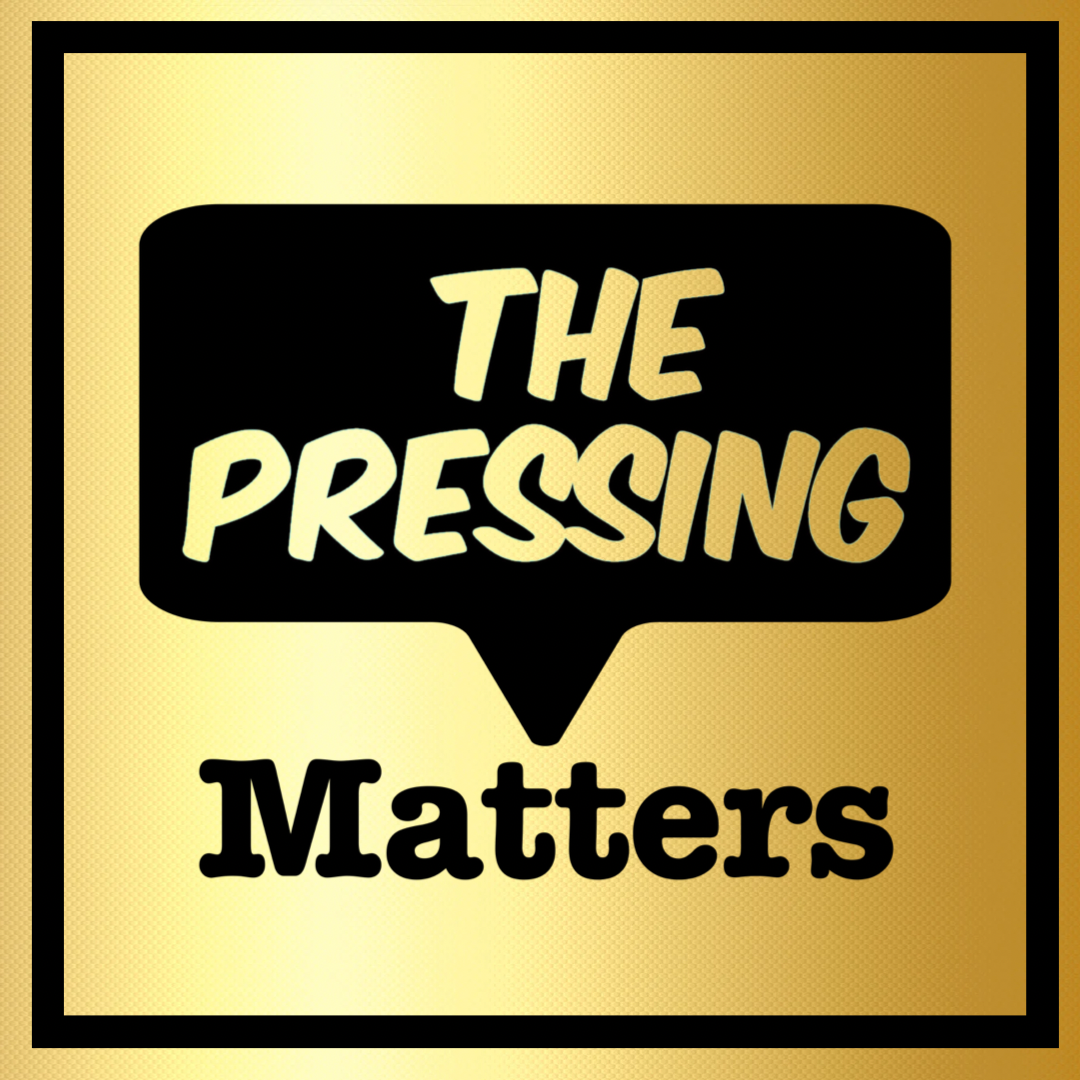Tracy Chapman’s Self-Titled: A Reissue Review and a Reflection on the Original
In the fast-moving world of YouTube vinyl reviews, a two-week delay can feel like a lifetime. But for an album like Tracy Chapman, it’s worth taking the time to let things settle before passing judgment. I’m glad I waited to talk about the new 2024 Rhino reissue because it gave me the chance to experience it in multiple environments—including one particularly memorable session with seasoned audiophiles on a world-class system.
Before diving in, I want to shout out David Bianco’s excellent video on this reissue. He breaks down the sound in a way that’s both detailed and accessible—definitely worth watching. But this post is about my personal impressions, and especially the emotional weight behind them.
Remembering the Original
When Fast Car first aired on MTV, I was absolutely floored. Every time that video came on, I stopped in my tracks. Tracy Chapman’s voice, her presence, the raw vulnerability of her lyrics—it all hit so hard. That emotional wallop has stayed with me all these years, and listening to the album again on vinyl brought those memories rushing back.
I’m not going to break down the lyrics here—we all know what makes this record special musically and thematically. Instead, I want to focus on the sound: how the original pressing holds up, and how the new Rhino reissue compares.
About the New Rhino Reissue
Rhino’s reissue is cut by Bernie Grundman from an analog tape prepared by Rob Lewine back in the day. The packaging is excellent: original labels, clean vinyl, and a much sturdier inner sleeve than the 1988 version. Visually and physically, it’s a step up.
The Mysterious Original Pressing
The original pressing I’ve been using came from a friend. It’s from 1988, but it’s not the DMM cut everyone talks about. There’s no “MASTERDISK” or “DMM” in the dead wax—just some unusual markings:
Side A: ST-60774-A 1B, with a G, E, and 11
Side B: ST-60774-B 1D, with a G, I, and “RM”
Possibly Ron McMaster? I’m not certain. But regardless, it’s a very good-sounding copy that served as my reference before the reissue arrived.
Listening Impressions: The Original
For a full week, I immersed myself in the original. And it still stuns. Tracy’s voice sits in a stark, reverberant space that integrates beautifully with the instrumentation. The acoustic and electric guitars hit hard, the bass has real presence, and the drums punch through without overwhelming.
Take “Talkin’ Bout a Revolution”—when the electric elements kick in, it hits like a wave. Or “Fast Car,” where the chord change during “Driving in my car, speed so fast...” gets me every time. The emotional power is baked into the way the music flows and unfolds.
Listening Impressions: The Rhino Reissue
On its own, the Rhino reissue sounds good. But when you compare it directly with the original, differences emerge. Most notably:
Tracy’s voice is more forward and crisp, with enhanced reverb—perhaps too much.
The low end is less impactful. The warmth and richness of the bass just doesn’t hit the same.
The integration between voice and instruments feels slightly off, making the vocal feel a little disembodied.
Overall, it’s a very good facsimile—but it lacks the magic of the original.
The much-discussed pre-echo on “Behind the Wall” is real, but minor. It's a technical flaw, yes, but not the main issue. The bigger problem is that the reissue, while technically strong, doesn’t emotionally connect the way the original does.
The Listening Session That Sealed It
The real test came during a special listening session hosted by Harry Weisfeld (founder of VPI) and a few fellow audiophiles. We were listening on a reference-level system, including some 30 IPS master tapes. By the time we cued up Tracy Chapman, we were fully dialed in.
Oswaldo brought both versions: a DMM original and the new reissue.
We played the DMM first. It blew everyone away. The voice, the impact, the dimensionality—it was stunning. No one could believe it was digitally sourced. It simply felt right.
Then we played the Rhino.
Within 30 seconds, everyone noticed it: something was off. The voice sounded EQ’ed differently, with too much reverb. The music lacked punch and cohesion. It wasn’t bad—it just wasn’t right. Not in the same way.
Final Thoughts
If you don’t have an original pressing, the Rhino reissue will absolutely bring you joy. It’s a solid release. But once you hear the original, especially a DMM cut, the difference becomes undeniable.
What makes this album special is how emotionally involving it is. That’s what the original pressing delivers. The reissue, while competent, doesn’t quite capture that same emotional wallop.
Sometimes, you just can’t recapture lightning in a bottle.


